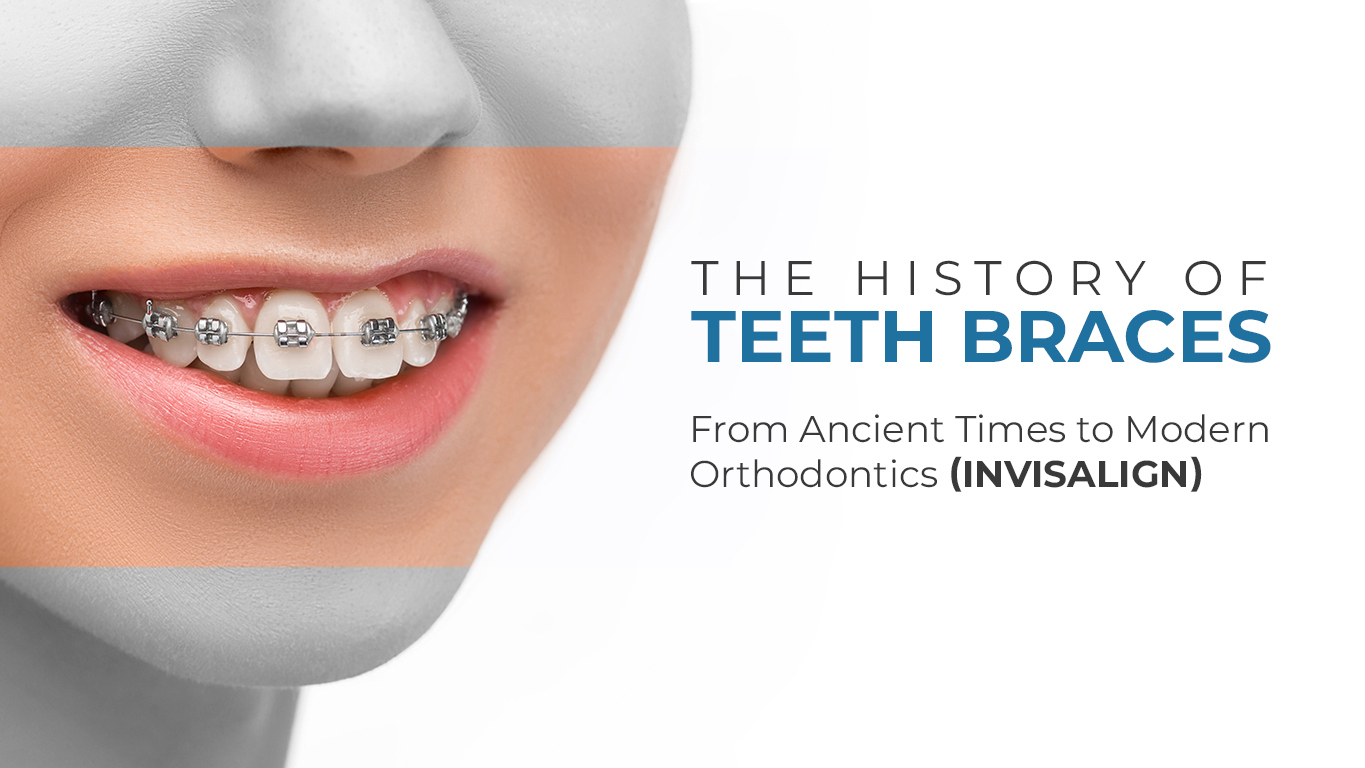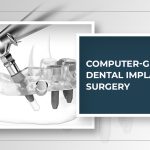Perfectly straight teeth are often the benchmark of an attractive smile, but achieving this wasn’t always as easy as it is now. From ancient times to modern orthodontics, the story of teeth braces is a fascinating one that goes back thousands of years and spans multiple continents. Join us on a journey through history as we explore the evolution of dental technology and how it has led to today’s popular alternative – Invisalign
Ancient Times
The earliest known example of orthodontic treatment dates back to ancient Egypt, where mummies have been found with metal bands around their teeth. These bands were made of gold wire, and archaeologists believe that they were used to close gaps in teeth or to help align crooked teeth. Similarly, the Etruscans, an ancient civilization in Italy, used gold bands to correct dental problems.
The Middle Ages
During the Middle Ages, dentistry experienced a period of transformation and progress. Dentists started to experiment with various materials to use for braces. In the 18th century, Pierre Fauchard, a French dentist, came up with a new innovation. He developed a device that utilized a horseshoe-shaped piece of metal to shift teeth into their proper position.
The 19th Century
The 19th century saw a significant advancement in orthodontics. Christophe-Francois Delabarre, a dentist, introduced the wire crib in 1819, which was the first device to use metal wire to shift teeth. Edward Angle, known as the “father of modern orthodontics,” began using elastics in the mid-1800s to reposition teeth accurately. He also created the first classification system for malocclusions, which is still employed today.
The 20th Century
Orthodontics made significant progress and innovation during the 20th century. In the 1920s, the first braces were invented, which comprised metal brackets attached to the teeth and connected with wires. These braces were bulky and uncomfortable, and patients frequently experienced difficulty speaking or eating while wearing them.
Lingual braces were invented in the 1970s, which were attached to the back of the teeth, making them less noticeable. Clear ceramic braces were introduced in the 1980s, which were less conspicuous than metal braces. In the 1990s, the initial clear aligners were created, leading to the eventual development of Invisalign.
Advantages of Using Clear Aligners (Invisalign)
Clear aligners, such as Invisalign, have revolutionized the field of orthodontics by offering an alternative to traditional metal braces. Invisalign treatment comprises using a series of clear aligners to shift teeth into their correct position gradually. Here are some of the advantages of using clear aligners:
- Aesthetics
One of the most significant advantages of clear aligners is that they are nearly invisible. Unlike traditional metal braces, clear aligners are made from a transparent plastic material, making them much less noticeable.
- Removability
Clear aligners are removable. This means that you can take them out to drink, eat, brush, and floss. This eliminates the need for any dietary restrictions, and you can maintain your oral hygiene routine as usual.
- Customization
Clear aligners are customized to fit your specific orthodontic needs. A 3D scan of your teeth is used to create a custom treatment plan, and each aligner is designed to gradually shift your teeth into the correct position.
- Shorter Treatment Time
In many cases, clear aligners can achieve the desired results faster than traditional braces. This is because the treatment plan is designed to move teeth more efficiently, and you may need fewer office visits for adjustments.
- Predictable Results
Clear aligners use advanced technology to predict the movement of your teeth accurately. This means that you can see a virtual representation of your treatment plan before you begin, and you know exactly what to expect throughout the process.
Contact Carrum Downs Dental Clinic for Clear Aligners Installation
It is incredible to think that teeth braces have been used since ancient times. From the use of crude metal structures, we have evolved over time to using modern orthodontics such as Invisalign. Learning about the history of teeth braces offers us a glimpse into how far we have come and shows exactly what a difference technology can make in helping improve our smiles and correct our bites. Thanks to this knowledge, today’s braces are considered virtually invisible with clear aligners that lack wires or brackets for discreet straightening, so no one even knows you’re wearing them. If you are looking for quality dental services for clear aligners (invisalign), visit us at Carrum Downs Dental Clinic.


